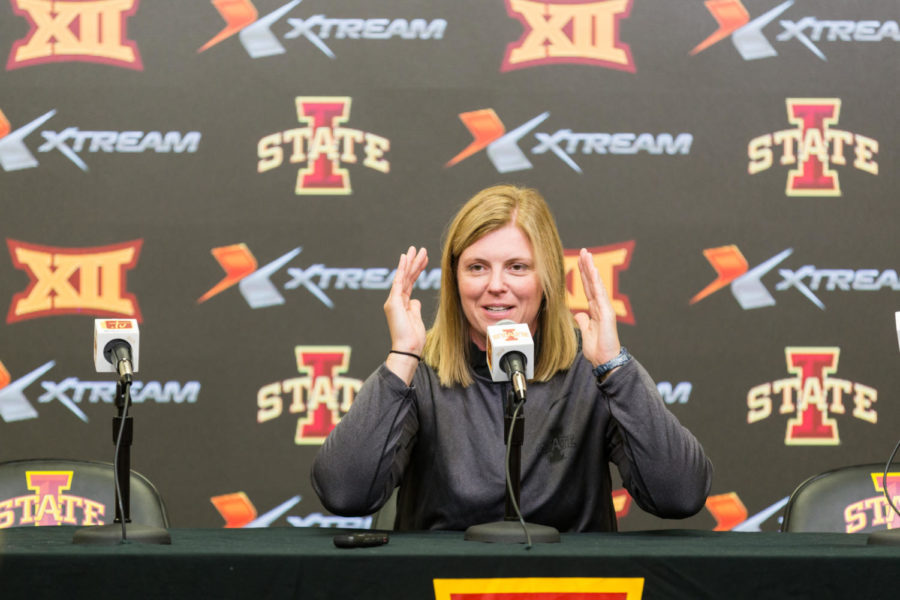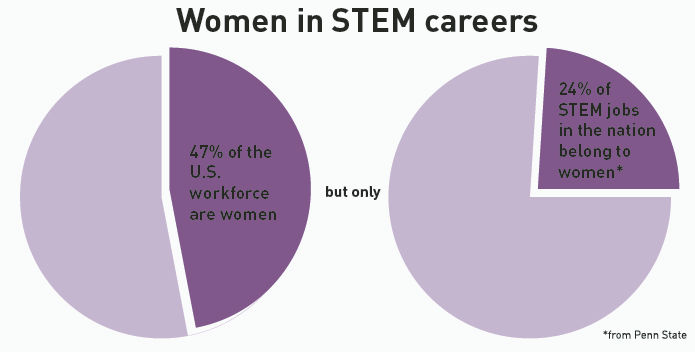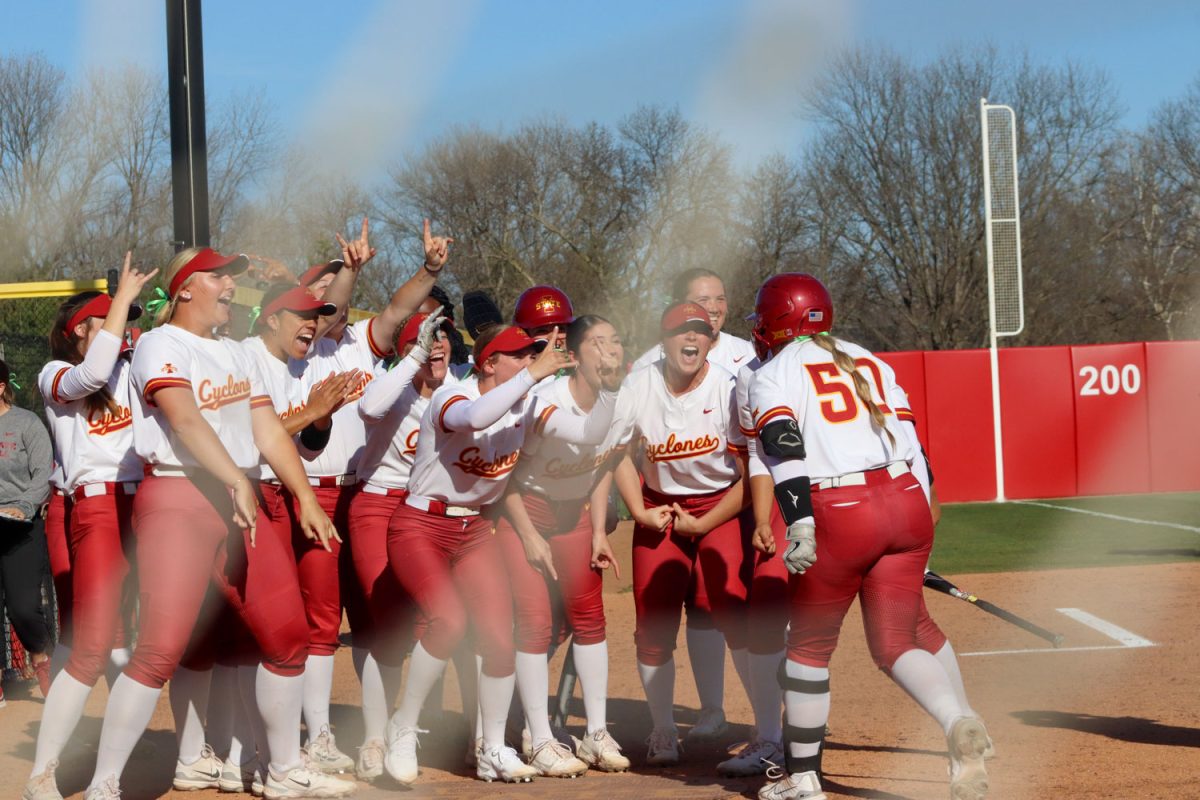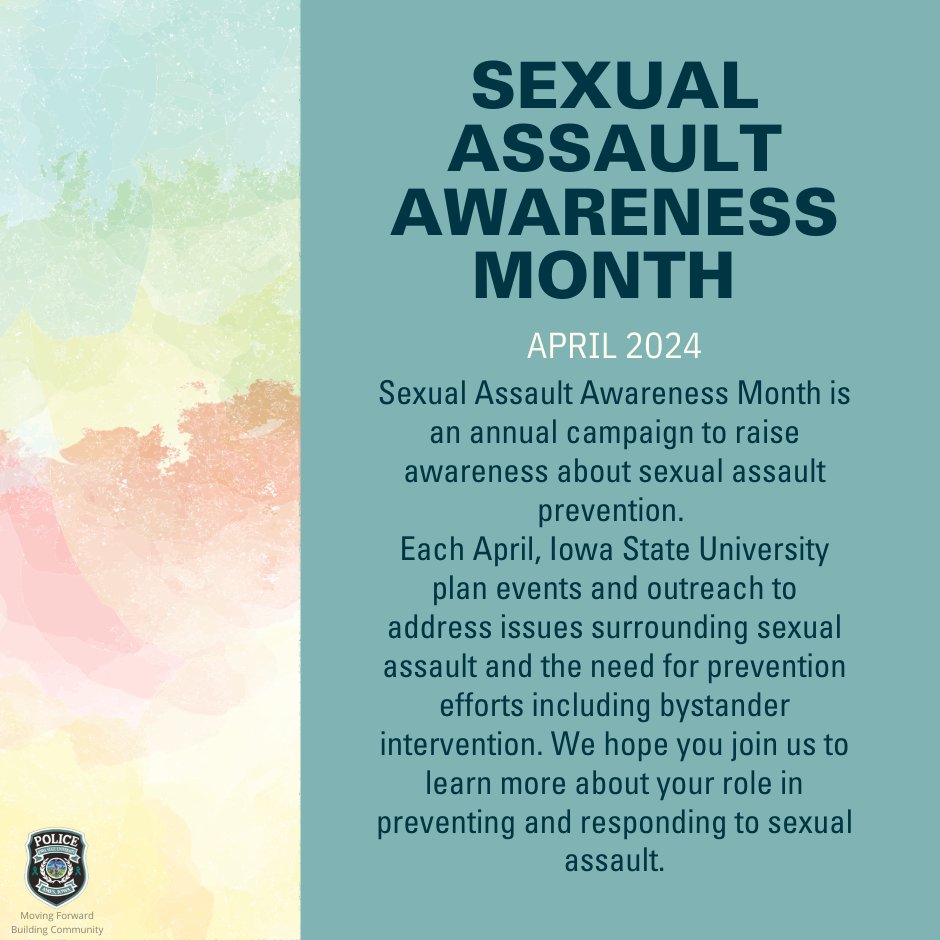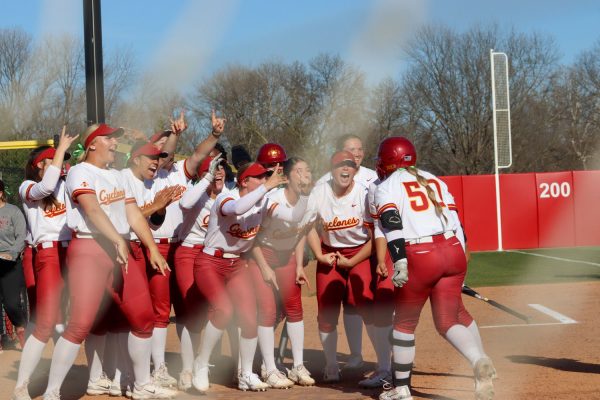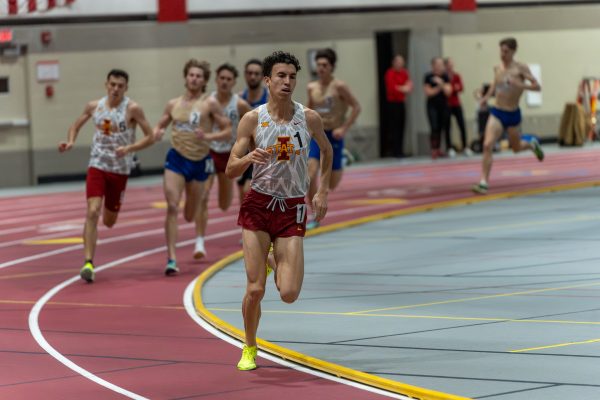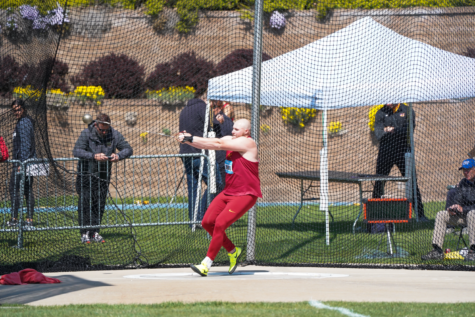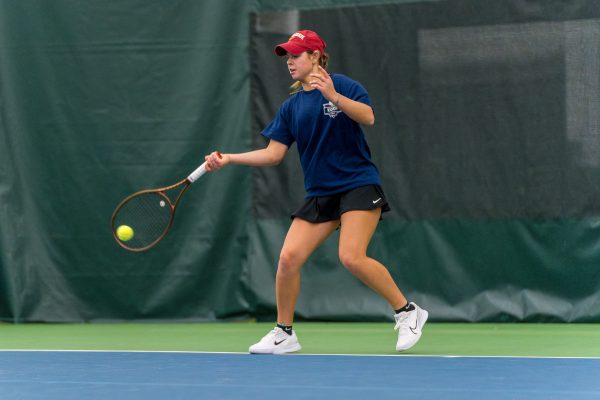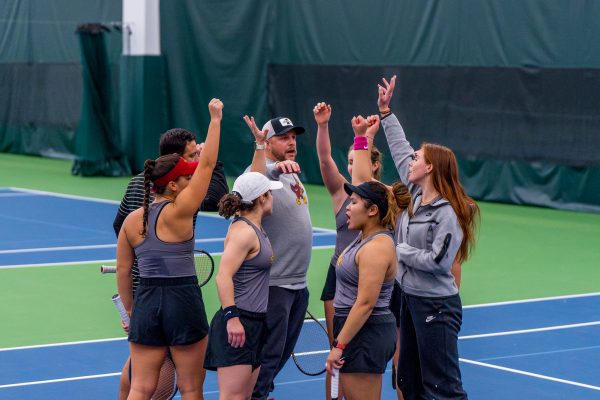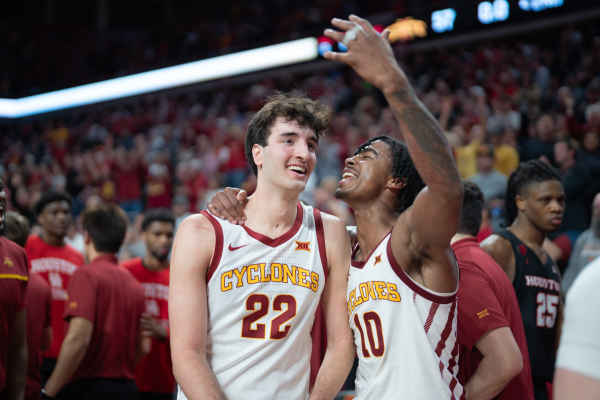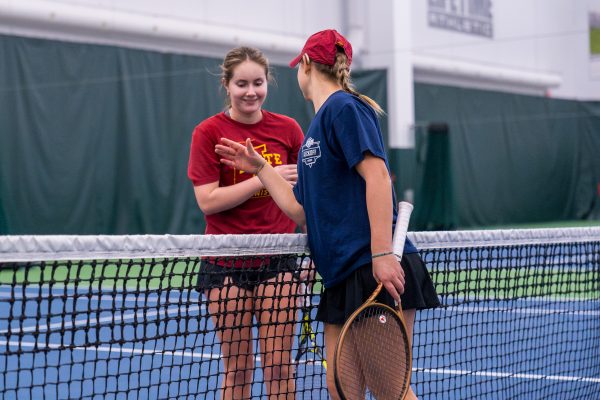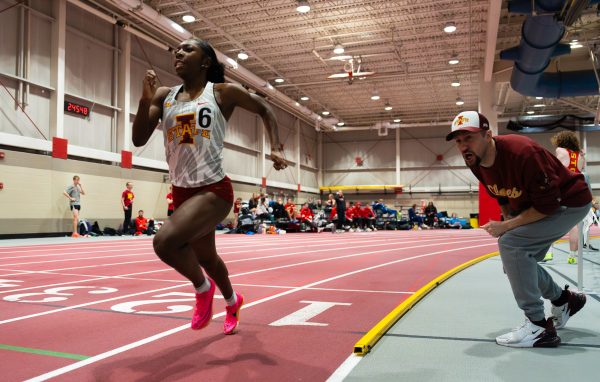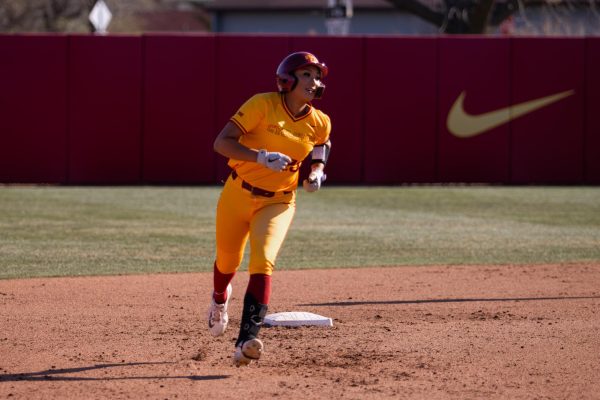Notebook: Johnson-Lynch breaks down in-match COVID-19 changes and more
September 10, 2020
The volleyball season will look a lot different in 2020 than in prior seasons for Iowa State because of COVID-19.
There will be no fans at home matches and Iowa State is playing a conference-only schedule.
While it’s uncertain how the 2020 season will turn out for the Iowa State Cyclones, what is certain is COVID-19 has affected the season and caused changes that will make each match look different than ones in previous seasons.
This includes the team potentially wearing masks during matches and looking to create its own energy in matches since fans can’t be in attendance.
COVID-19 causing changes to match-related things
Iowa State, like many teams in sports across the country, is taking measures off the court to try to mitigate the effects of COVID-19 on the 2020 season.
With the 2020 season set to begin Sept. 26, there may be some on-court mitigation efforts taken by Iowa State and maybe its opponents.
Wearing masks or face coverings has often been mentioned as a way to help mitigate the spread of COVID-19 and a lot of places require people to wear them in that place.
Iowa State’s campus is requiring students to wear masks on campus and the Story County Board of Health has passed a mask mandate for the county.
Iowa State volleyball Head Coach Christy Johnson-Lynch said Thursday they’ll “probably wear masks when they play,” but it isn’t a certainty.
“Right now, the Big 12 is not mandating us to wear masks, but we may choose to wear them regardless,” Johnson-Lynch said.
Coaches, staff and players who aren’t in the match will have masks on, Johnson-Lynch said. In most matches, players who aren’t in the match are on the sideline standing right next to their teammates.
Johnson-Lynch said they would try to social distance as much as possible on the sidelines this season.
“Depending on how much room we have, our players will spread out,” Johnson-Lynch said. “In Hilton [Coliseum] since we won’t have fans, we’ll try to spread out as much as possible, we probably won’t pull those bottom bleachers out and so we’ll have more room to spread out.”
She added what the team would do this season during matches.
“We’ll distance in matches, we’ll wear masks on the sidelines for sure and we’re trying not to huddle up too much,” Johnson-Lynch said. “You’ll see us celebrate, but we won’t huddle up in the middle, or we’ll keep it real quick, we’re trying to find ways to keep them a little bit apart.”
Johnson-Lynch said these efforts are still a work in progress.
The possibility of a student-athlete or anyone who is part of the athletic staff getting COVID-19 is there and because of that, there have been cancellation policies made for teams and sports.
In regards to this, Johnson-Lynch said, “The Big 12 is trying to figure out what’s their interruption, cancellation or postponement policy and we’re still trying to figure ours out as well.”
Void left with no fans
With no fans allowed at home matches for the 2020 season, Johnson-Lynch said the team will have to look to generate its own energy.
“It’s going to feel weird at first,” Johnson-Lynch said. “You get a lot of energy from fans, it adds a lot of adrenaline to the match, so that will take some adjusting. We’re going to have to create our own energy, our own excitement, [but] of course all of that has been a little bit limited [so far] with masks on.”
Johnson-Lynch also said, “You have to find a way and be creative to be able to celebrate and have energy on the court and without the fans, I think that’ll just add another wrinkle to it.”
She said she knows of a way to try to replace some of that energy.
“It’ll have to come from ourselves, from players celebrating, getting excited for each other, the bench could add a lot,” Johnson-Lynch said. “There’s more people on the bench than there are on the court so they could just be loud and celebrating. We won’t wear ourselves out doing it, but we’ll be doing a bit extra celebrating and extra loud to celebrate points, good plays or good effort.”
The move to not allow fans at home games was not something that caught her by surprise.
“We think we always had that in the back of our heads [this summer],” Johnson-Lynch said. “Honestly, it’s not something we spent time talking about or worrying about because it’s not our decision. It’s such a bigger decision than just Hilton Coliseum, it goes well beyond volleyball. We always knew it was a possibility, but there are so many what-ifs and you can spend a lot of time worrying about those. We really tried to just focus on us, how we can stay healthy, how we can stay on the court and train, play and then everything else has been decided beyond us and whatever’s asked of us we’ll be ready to do.”
Over the last 14 seasons, Iowa State has drawn 1,500 to 2,800 fans per match at Hilton Coliseum, which seats over 14,000.
Iowa State has finished in the top 20 in home attendance in the NCAA out of over 330 schools in the last 14 seasons and since 2011 has placed second out of the 10 schools currently in the Big 12, only behind Texas.
The Cyclones finished 14th in attendance in 2019 in the NCAA, averaging 2,256 fans per game.
Having no fans in attendance may certainly affect the matches, especially for teams like Iowa State.
In addition to this, there’s the fact teams may have a player or two that have to sit out because of the virus.
In terms of on-the-court production, this is where having depth is a plus.
Team depth
The Cyclones are returning seven out of eight players who played in at least 20 matches and started in at least 10 matches last season, including 2020 preseason All-Big 12 players, senior middle blocker Candelaria Herrera and junior outside hitter Eleanor Holthaus.
In a season where players might have to sit out because of COVID-19, it seems having depth is more vital than ever.
Johnson-Lynch had praise for some current players that didn’t receive a ton of playing time last year.
“I’d say Brooke Andersen is playing as well as I’ve ever seen her,” Johnson-Lynch said. “She’s jumping higher, more physical and just playing really well.”
Andersen, a junior outside hitter, played in 20 matches (out of 29) last season and started in four.
She had 44 kills, a .041 hitting percentage last season and had 108 digs, which was fifth out of 17 Cyclones.
Sophomore Kenzie Mantz has switched positions from middle blocker to outside hitter.
“She’s just blossoming and thriving in that role,” Johnson-Lynch said.
According to Johnson-Lynch, sophomore libero Jaiden Centeno, who played in 20 matches and started in eight, “looks like a different player.”
“She’s a lot more confident and a lot more consistent,” Johnson-Lynch said.
Centeno finished sixth on the team in digs with 105.
Johnson-Lynch said junior setter Jenna Brandt and redshirt freshman middle blocker Abby Greiman are making strides.
The Cyclones are much more experienced than they were a season ago, with 16 players returning from last season’s roster.
They also will have more depth as they have four more players than they did a season ago, which could impact where Iowa State finishes in the Big 12 if the season isn’t canceled because of COVID-19.

